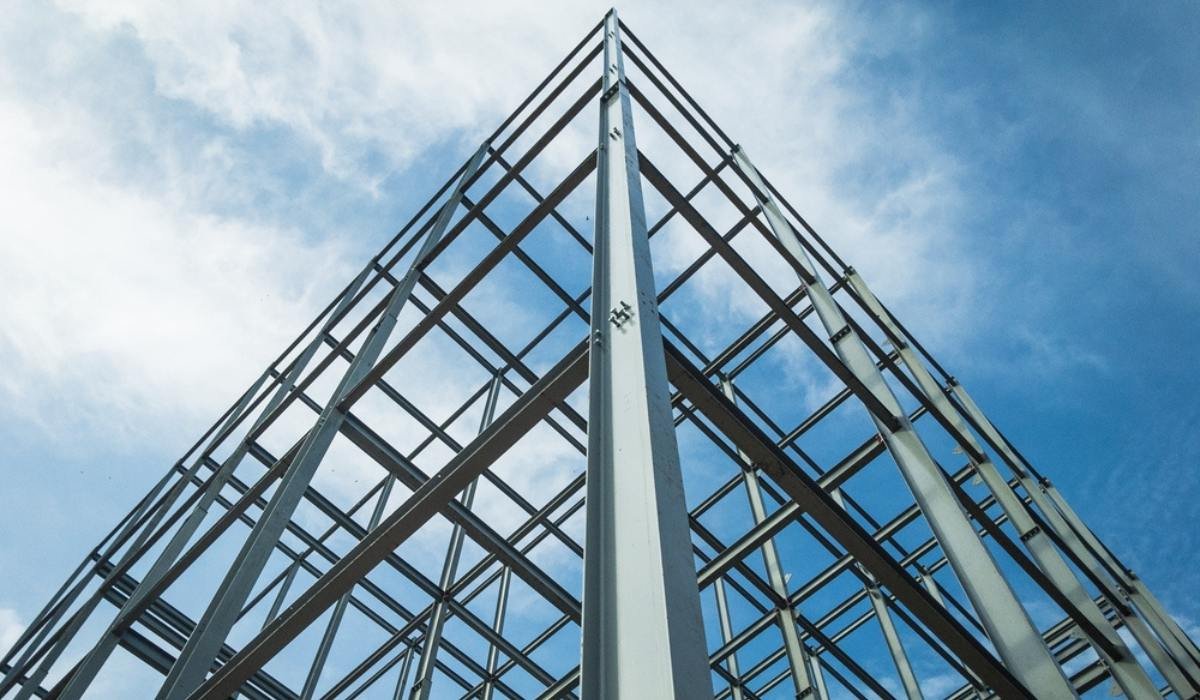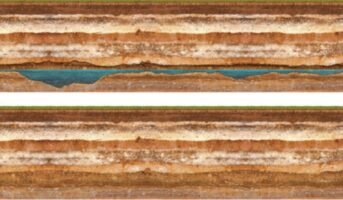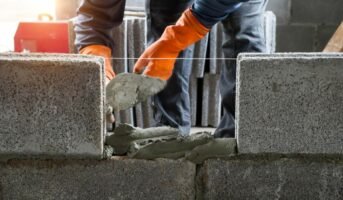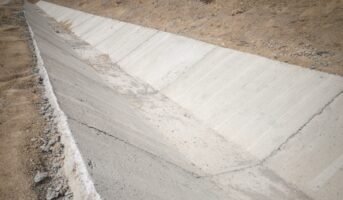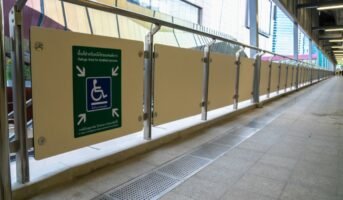In construction, understanding different types of structures are essential for ensuring a project’s safety, durability and efficiency. A structure is defined as a system that is designed to support loads and resist forces. There are various structures, including trusses, arches, domes, beams and frames, each with unique characteristics and applications.
By understanding the properties and behaviours of different structures, architects, engineers and construction professionals can make informed decisions about the design and construction of buildings, bridges, roads and other infrastructure. This knowledge allows them to choose the most suitable materials, methods and techniques for building structures that can withstand the forces of nature and human use.
In short, the importance of understanding different types of structures in construction cannot be overstated, as it can contribute to the safety, longevity and sustainability of built environments.
See also: Types of loads in buildings and structures
What is structure?
A “structure” refers to a building or any other artificial object designed to support a load in construction. Structures can be made of various materials such as wood, steel, concrete or brick and can range from simple structures such as a shed or fences to complex structures such as bridges, skyscrapers or dams. Structural engineering is the field of engineering that deals with the design, analysis and construction of structures. A properly designed and constructed structure must resist various forces and loads such as gravity, wind, earthquakes and other external factors to ensure the safety and longevity of the structure.
Types of structures
Many different structures are used in construction, each with its own characteristics and applications. Here are some examples of common types of structures:
Frame structures
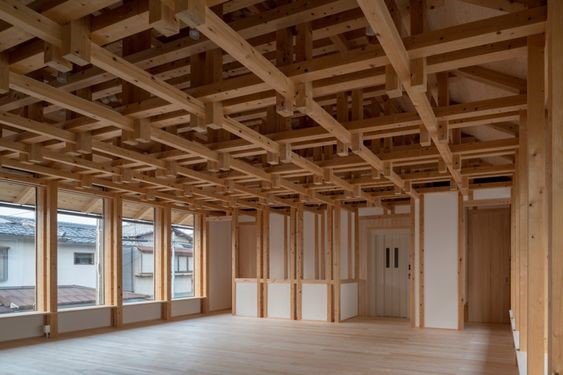
Source: Pinterest
Frame structures are used for buildings with multiple floors and are made of columns and beams that support the structure’s weight. Examples of frame structures include skyscrapers, high-rise buildings and commercial structures.
Advantages of frame structures
- Simple and easy to construct
- Flexible in design and can be used for a variety of building types
- Cost-effective and efficient use of materials
- Allows for open interior spaces
Shell structures

Source: Pinterest
Shell structures are made of a thin, curved surface that can support large loads. These structures are often used for bridges, aircraft hangars, and sports arenas. Examples of shell structures include the Sydney Opera House and the Denver International Airport.
Advantages of shell structures
- Strong and durable
- Can span long distances without the need for columns or supports
- Resistant to external forces such as winds and earthquakes
- Aesthetically pleasing due to their smooth and curved shapes
Truss structures

Source: Pinterest
Truss structures are made of interlocking triangles that provide strength and stability. These structures are often used for bridges, roofs and towers. Examples of truss structures include the Eiffel Tower and the Brooklyn Bridge.
Advantages of truss structures
- Lightweight yet strong
- Can span long distances without the need for columns or supports
- Efficient use of materials
- Can be prefabricated off-site and quickly assembled on-site
Cable structures

Source: Pinterest
Cable structures are made of high-tensile steel cables that are tensioned to provide support. These structures are often used for suspension bridges and roofs. Examples of cable structures include the Golden Gate Bridge and the Millau Viaduct.
Advantages of cable structures
- Can span very long distances
- Lightweight and visually striking
- Can be used to create unique architectural designs
- Requires minimal materials and can be cost-effective
Arch structures

Source: Pinterest
Arch structures are made of curved shapes that evenly distribute the structure’s weight. These structures are often used for bridges, tunnels and buildings. Examples of arch structures include the Gateway Arch in St. Louis and the Roman aqueducts.
Advantages of arch structures
- It distributes weight evenly, making them stable and strong
- They can span greater distances without needing support columns, providing more open space
- They are visually appealing and can add aesthetic value to a building
- They can withstand natural disasters such as earthquakes and hurricanes better than other structures
Load-bearing structures
Load-bearing structures are essential components of construction that support the weight of a building. They transfer loads from the roof, walls and floors to the foundation of the building. Examples of load-bearing structures include masonry walls, concrete columns and beams and steel frame structures. For instance, a brick or stone wall can act as a load-bearing structure, carrying the weight of the floors and roof above it.
Advantages of load-bearing structures
- Load-bearing structures provide excellent structural stability and durability
- They are cost-effective and can reduce construction time and labour
- Load-bearing structures can support heavy loads without additional framing or support systems
- They offer flexibility in design and can be easily modified or expanded
Pre-engineered structures
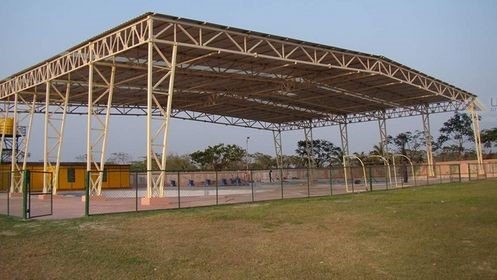
Source: Pinterest
Pre-engineered structures are buildings that are designed and fabricated off-site and then assembled on-site. These structures are made of steel and are highly customizable to meet the project’s specific needs. An example of a pre-engineered structure is a steel warehouse, which can be built quickly and efficiently to accommodate storage needs for various industries.
Advantages of pre-engineered structures
- Faster construction time due to the use of standardised components and pre-fabrication
- Cost savings due to reduced labour and material waste
- Flexibility in design and customisation to meet specific project needs
- Durable and robust due to the use of high-quality materials and engineering standards
Mass structures

Source: Pinterest
Mass structures refer to buildings and other structures built with massive, heavy materials such as stone, concrete or brick. These materials provide stability and strength, making them suitable for large, enduring structures. An example of a mass structure is the Great Pyramid of Giza in Egypt, which is made of over two million stone blocks and weighs approximately six million tons.
Advantages of mass structures
- A high strength-to-weight ratio allows for the efficient use of materials
- Provides stability and resistance to forces such as wind and earthquakes
- Offers thermal mass for passive temperature regulation and energy efficiency
- Requires minimal maintenance and can have a long lifespan
Composite structures
Composite structures are made of two or more materials that work together to provide strength and durability. These structures are often used for aerospace, automotive,and marine applications. Examples of composite structures include carbon fibre-reinforced polymer (CFRP) materials used in modern aircraft.
Advantages of composite structures
- High durability and resistance to natural disasters
- Fire-resistant
- Versatile in shape and size
- They have good thermal mass, making them energy-efficient
- Low maintenance
FAQs
Why are structures important in construction?
Structures are essential in construction because they provide the framework and support necessary for a building or structure to stand and function properly. They help distribute weight and loads evenly throughout the building, ensuring it is safe and stable.
Which type of structure is best for a particular application?
The best type of structure for a particular application depends on various factors, including the load requirements, the desired aesthetic, the available materials and the budget. It's essential to consult with a structural engineer or architect to determine the best type of structure for your project.
What are some common types of structures in construction?
Some common types of structures in construction include beams, columns, trusses, arches and frames.
What materials are commonly used to construct structures?
Materials commonly used to construct structures include steel, concrete, wood and masonry.
What is the purpose of a foundation in a structure?
The purpose of a foundation in a structure is to transfer the weight of the building to the ground and provide stability and support.
What is the difference between a load-bearing and a non-load-bearing structure?
A load-bearing structure is designed to support a load or weight, while a non-load-bearing structure does not support any weight and is used for decorative or aesthetic purposes.
| Got any questions or point of view on our article? We would love to hear from you. Write to our Editor-in-Chief Jhumur Ghosh at [email protected] |
Housing News Desk is the news desk of leading online real estate portal, Housing.com. Housing News Desk focuses on a variety of topics such as real estate laws, taxes, current news, property trends, home loans, rentals, décor, green homes, home improvement, etc. The main objective of the news desk, is to cover the real estate sector from the perspective of providing information that is useful to the end-user.
Facebook: https://www.facebook.com/housing.com/
Twitter: https://twitter.com/Housing
Email: [email protected]
